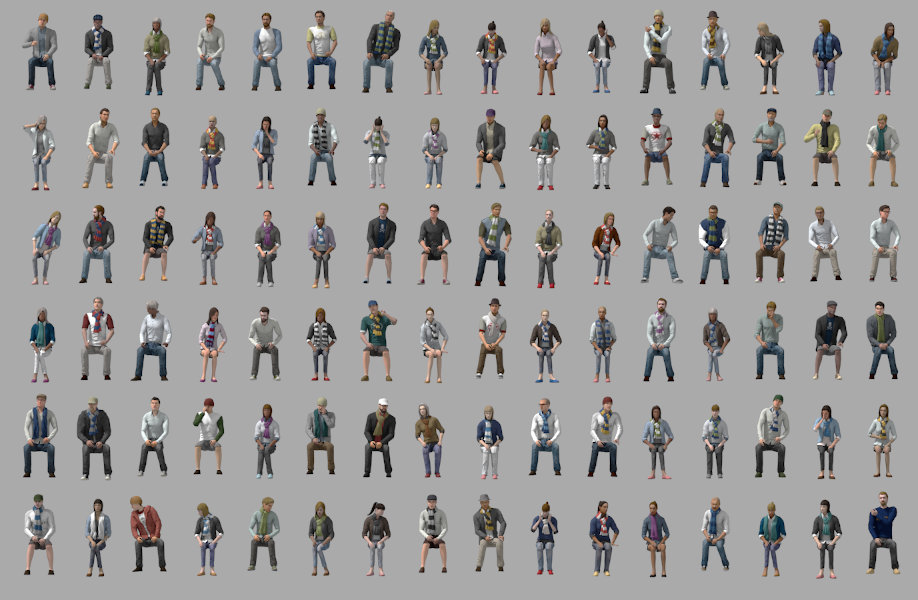


Massive fixed the bug and the battle began. It's very convincing AI software, by the way. Last week there was a surprising omission from the list of Oscar nominees in the. Massive was there because it is working on Zeno, a humanoid robot coming from Hanson Robotics in 2009. Heres how they used crowd-simulation and other software to make the clashes in The Battle of the Five Armies. "But it (simulated fear) makes a better story," he told me during a conversation at RoboDevelopment in San Jose, Calif., last week. The flight reaction-which really occurred-was a bug in the software, said Callum Thomas, a developer at Massive. Gartner analyst Daryl Plummer told the anecdote in a speech at the RSA Conference in 2005, and I wrote about it here. Walking, running, driving, and flying are only a. Each character can be as complex or simple as you want. Build your characters out of existing assets and intellegently place them around your scene using a variety of placement methods. When the humans and soldiers saw the elephants, they ran in the other direction, an intelligent response. CrowdMaster enables you to create, place, simulate, and render a large number of 3D characters in your scene.

(Think of the car wash mammoths in the Flintstones but more terrifying.) The simulated human and humanoid characters were embedded with artificial intelligence from Massive Software, an AI developer out of New Zealand. To recap for a second, in the last installment of the trilogy, the Orcs come riding to battle and bring a troupe of elephant/mammoth-like creatures along with them. Crowd Simulation Framework v.1.0. For the past few years, a tale has been bandied about how the artificial intelligence used in the battle scenes in The Lord of the Rings movies generated a real flight or fight response in animated characters.


 0 kommentar(er)
0 kommentar(er)
